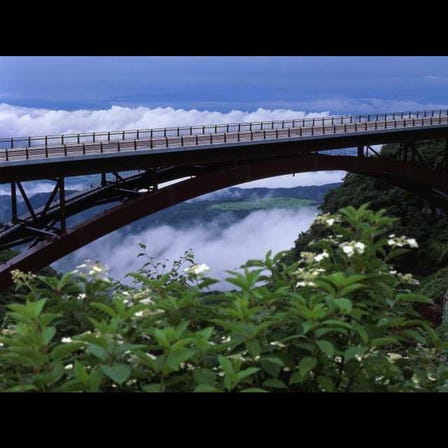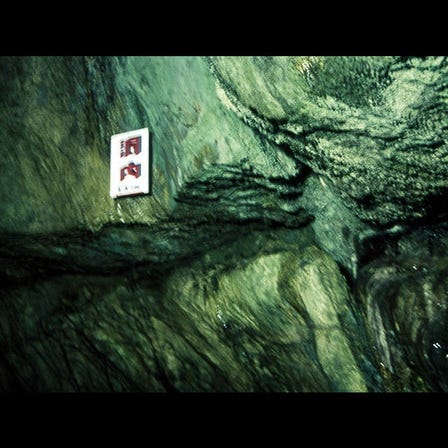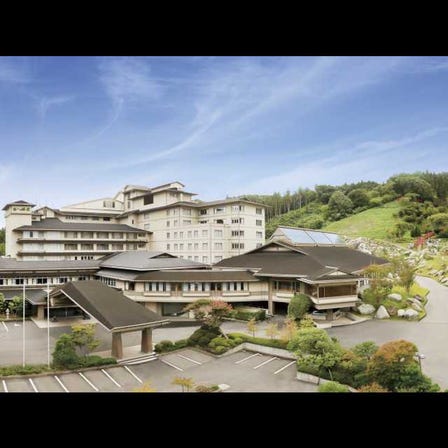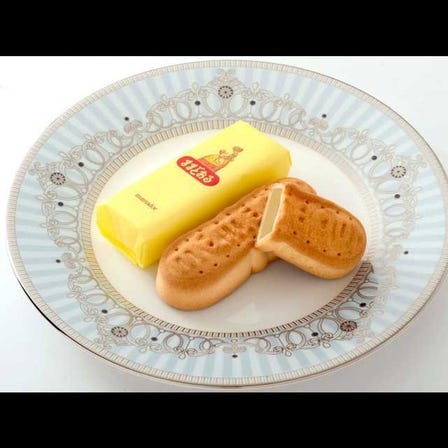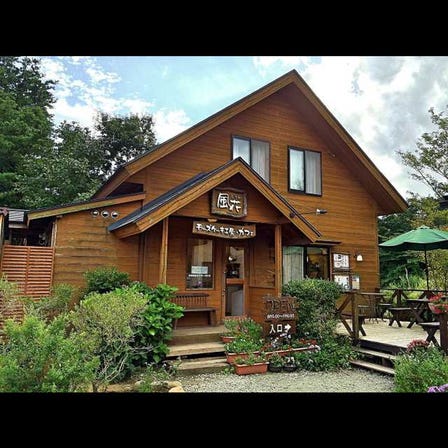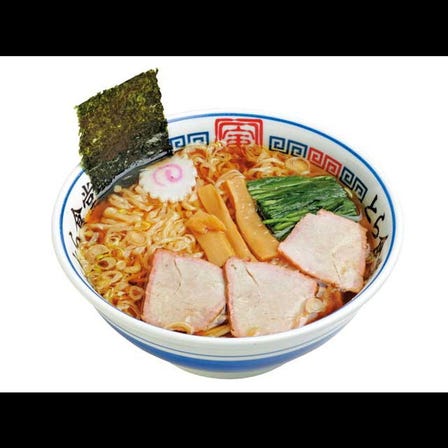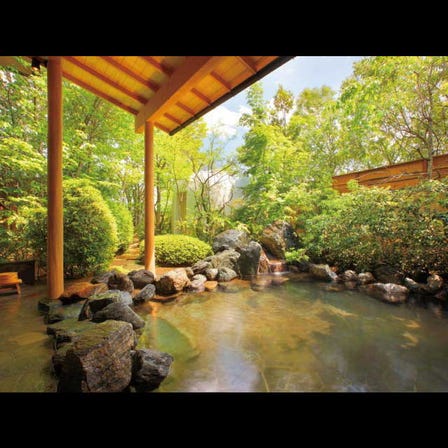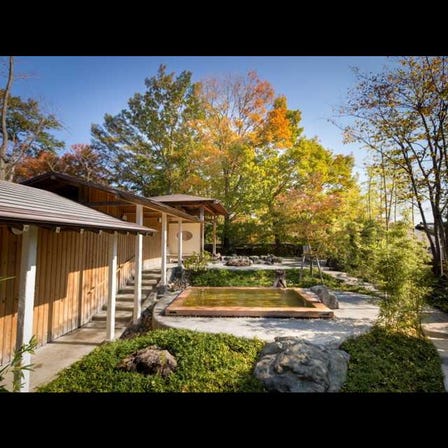
Fukushima, Koriyama And Iwaki
Fukushima, Koriyama And Iwaki:Overview & History

Although it is said that Fukushima's name derives from when Kimura Yoshikiyo renamed Suginome Castle as Fukushima Castle around 1593, the precise origin of the "Fukushima" name itself remains unknown. The prefecture, located in the southern Tohoku, is Japan's third largest. The Pacific Ocean spreads in front of Lake Inawashiro at the foot of the magnificent Mt. Bandai in eastern Fukushima, complementing the area's abundant natural splendor. Thanks to its proximity to Tokyo by Shinkansen, Fukushima is just 1.5 hours from Tokyo. This makes it a popular day-trip destination. It's also a popular place to explore some history, as it prospered under the Aizu Domain during the Edo period. As for food, delicious dishes like Kitakata ramen and soba are well known and popular.
Fukushima, Koriyama And Iwaki:Area Introduction
Fukushima Surrounding Areas

Situated in the northern part of the prefecture, Koriyama is easily accessible to Sendai and Yamagata. It's home to many scenic spots, such as the famous Hanamiyama Park and Mt. Adatara, one of the 100 Most Famous Mountains of Japan, New 100 Most Famous Mountains of Japan, 100 Flower Mountains of Japan and 100 Utsukushima Mountains of Japan.
Koriyama Surrounding Areas

The Koriyama area is famous for its cherry blossoms. The Miharu Takizakura, cited as one of the three most famous best cherry blossom trees in Japan, is designated as a natural treasure and estimated to be over 1,000 years old. Many visitors travel to this area to see these rare cherry blossoms, which also include the Beni Shidare Jizo Zakura, said to be some 400 years old.
Iwaki Surrounding Areas

Coal mining began around here from the start of the Meiji period and contributed to the development of modern Japan. The city is currently the second most populous in the Tohoku region and features sightseeing attractions famous among the Japanese, such as Spa Resort Hawaiians and Aquamarine Fukushima.
Fukushima, Koriyama And Iwaki:Must-See Events
3 days from the last Saturday of July Soma Nomaoi (an equestrian festival with horsemen in traditional samurai armor)

Soma Nomaoi (an equestrian festival with horsemen in traditional samurai armor), a designated Important Intangible Folk Cultural Property, is a traditional event said to have originated from religious rituals from over 1,000 years ago. The highlight of the three-day event is the main festival on the second day, where you can thrill to dramatic performances including Ogyouretsu, a procession of horsemen in samurai armor, Kacchu-keiba (an armed horse race) and Shinki-soudatsusen (sacred flag competition where several hundred warriors rush toward the sacred flags and fight each other to capture them).
Fukushima, Koriyama And Iwaki:Acess
Access from Tokyo Station to FUKUSHIMA
From Tokyo Station: Ride the Morioka-bound Tohoku Shinkansen for 94 min., and get off at Fukushima Station.
Access from Tokyo Station to KORIYAMA
From Tokyo Station: Ride the Morioka-bound Tohoku Shinkansen for 80 min., and get off at Koriyama Station.
Access from Tokyo Station to iwaki
From Tokyo Station: Ride the Morioka-bound Tohoku Shinkansen for 80 min., and get off at Koriyama Station. Take the Banetsuto Line bound for Iwaki for 98 min., and get off at Iwaki Station.













